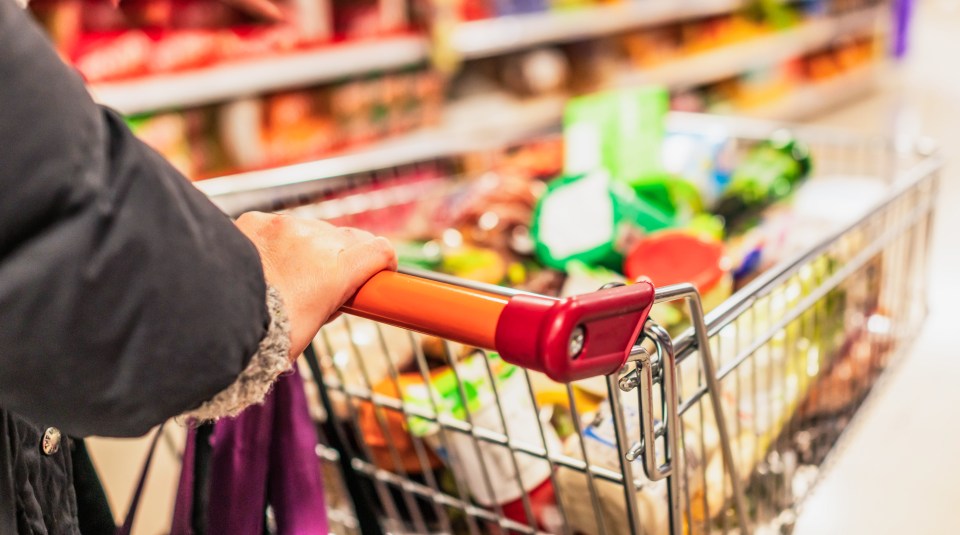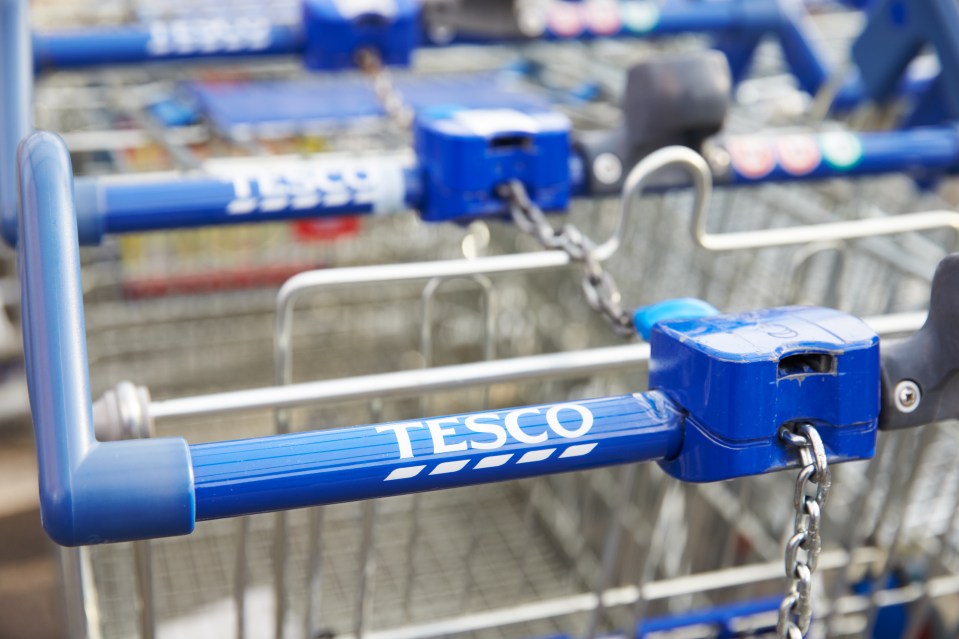SHOPPERS could save up to £700 by switching to the UK’s “cheapest” supermarket – and using a Clubcard won’t help.
A groundbreaking study by the consumer watchdog analysed average food prices to find out which supermarket chain was the cheapest for shoppers in March 2025.
Which? went to eight major UK supermarkets and bought 79 items for a weekly shop.
The list of branded as well as own-label staple items included bread, milk and cheese.
And after grocery shopping at eight of the biggest supermarkets, Which? found that Tesco shoppers with a Clubcard pay £679 more than at those who go to the UK’s cheapest shop.
The cheapest weekly shop of 79 branded and own-label products was done at Aldi, according to the watchdog’s study.
It cost a mere £133.73 to do a weekly shop at Aldi in March, making it the cheapest out of the eight supermarkets assessed.
Discount grocery seller Lidl followed close behind at £134.40 for a weekly shop by those with the Lidl Plus loyalty app.
Those who didn’t have the app paid just pennies more, at £134.43 for the 79-item weekly shop.
Out of the traditional supermarkets, Asda was found to be the cheapest.
The supermarket does not have loyalty discounts – and a weekly shop here was figured out to cost £147.09.
Tesco shoppers could undercut this price, but only while using a Clubcard.
Clubcard users at Tesco paid £13.06 more per weekly shop than Aldi shoppers – with the 79-item list costing £146.79.
Over the course of a whole year, the difference in cost compared to Aldi means that Tesco shoppers with a Clubcard pay £679.12 more for 52 weekly shops than Aldi customers.
Without a Clubcard, Tesco shoppers pay £149.83 for the weekly shop -a significant £2.74 more than at Asda.
Retail editor at Which? Reena Sewraz said: “Shoppers are still feeling the effects of food inflation and with prices forecast to rise again, people are likely looking to cut costs where they can.
“Our analysis shows that by switching supermarkets, shoppers could pay 24% less, highlighting the advantages of shopping around where possible.”
The consumer watchdog Which? said: “Over the course of a year, the difference in cost compared to Aldi means that Tesco shoppers with a Clubcard would pay £679.12 more for 52 weekly grocery shops than customers at Aldi, if prices remain at the same level.
“Without a Clubcard, Tesco shoppers would pay £149.83 for the 79 items – £2.74 more than at Asda.”
How to save money on your food shop

Consumer reporter Sam Walker reveals how you can save hundreds of pounds a year:
Odd boxes – plenty of retailers offer slightly misshapen fruit and veg or surplus food at a discounted price.
Lidl sells five kilos of fruit and veg for just £1.50 through its Waste Not scheme while Aldi shoppers can get Too Good to Go bags which contain £10 worth of all kinds of products for £3.30.
Sainsbury’s also sells £2 “Taste Me, Don’t Waste Me” fruit and veg boxes to help shoppers reduced food waste and save cash.
Food waste apps – food waste apps work by helping shops, cafes, restaurants and other businesses shift stock that is due to go out of date and passing it on to members of the public.
Some of the most notable ones include Too Good to Go and Olio.
Too Good to Go’s app is free to sign up to and is used by millions of people across the UK, letting users buy food at a discount.
Olio works similarly, except users can collect both food and other household items for free from neighbours and businesses.
Yellow sticker bargains – yellow sticker bargains, sometimes orange and red in certain supermarkets, are a great way of getting food on the cheap.
But what time to head out to get the best deals varies depending on the retailer. You can see the best times for each supermarket here.
Super cheap bargains – sign up to bargain hunter Facebook groups like Extreme Couponing and Bargains UK where shoppers regularly post hauls they’ve found on the cheap, including food finds.
“Downshift” – you will almost always save money going for a supermarket’s own-brand economy lines rather than premium brands.
The move to lower-tier ranges, also known as “downshifting” and hailed by consumer expert Martin Lewis, could save you hundreds of pounds a year on your food shop.
Which? also compared the average cost of larger shops by analysing a selection of 203 items – the original 79 plus 124 more.
They found that Asda was the cheapest, with the total cost averaging £498.
Clubcard users at Tesco had the second cheapest shop at £503.03, while Tesco shoppers without the loyalty card scheme paid £37.60 more on average.
This made their total cost a whopping £540.63.
Waitrose was the most expensive supermarket once again at £573.15 for the 203-item list, £75.15 more than at Asda.
Both Aldi and Lidl were excluded from this analysis as they don’t stock many of the branded items to qualify as a larger shop.










